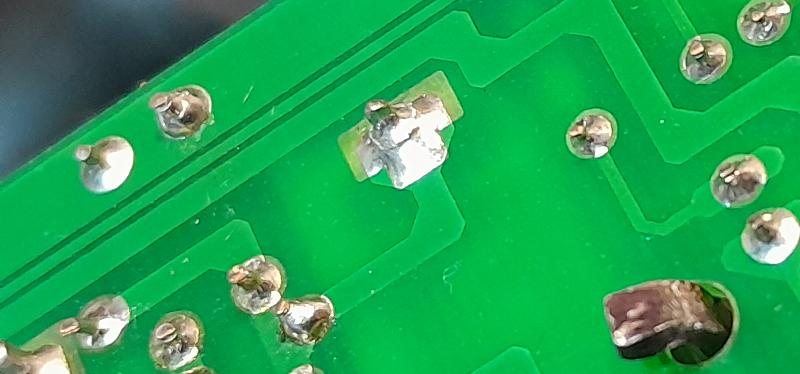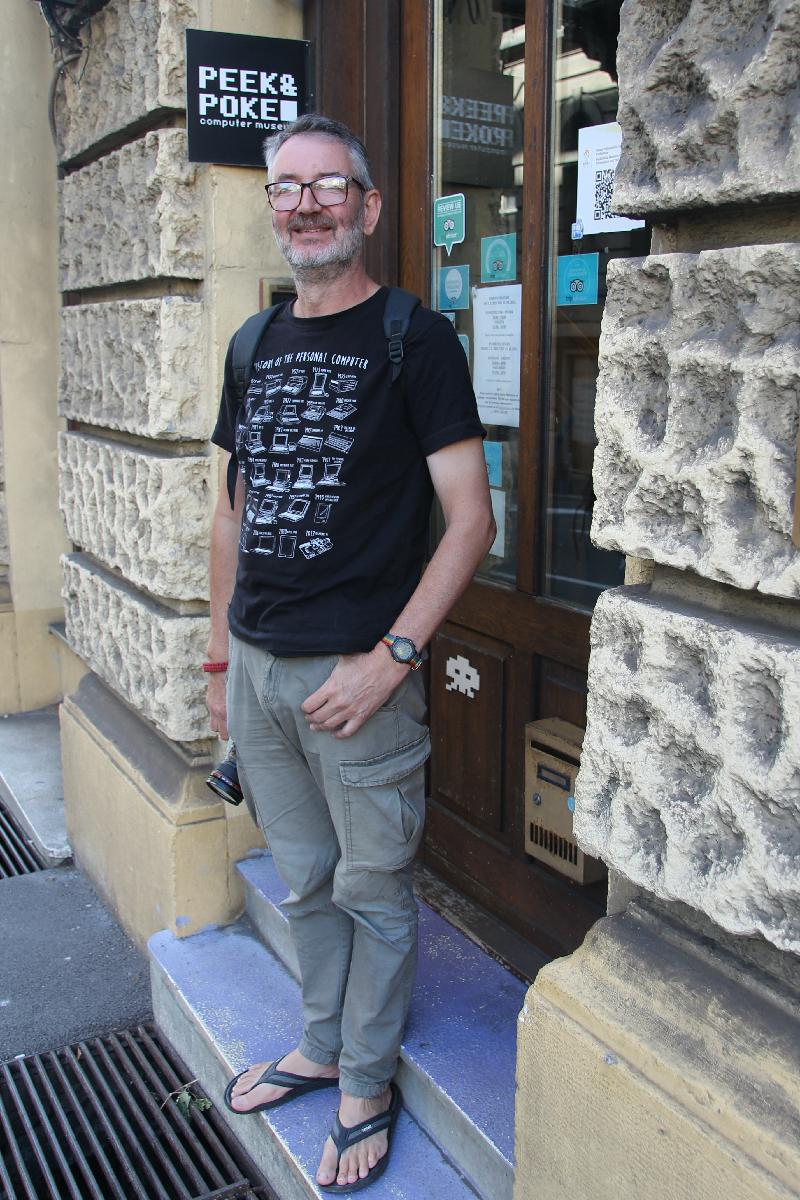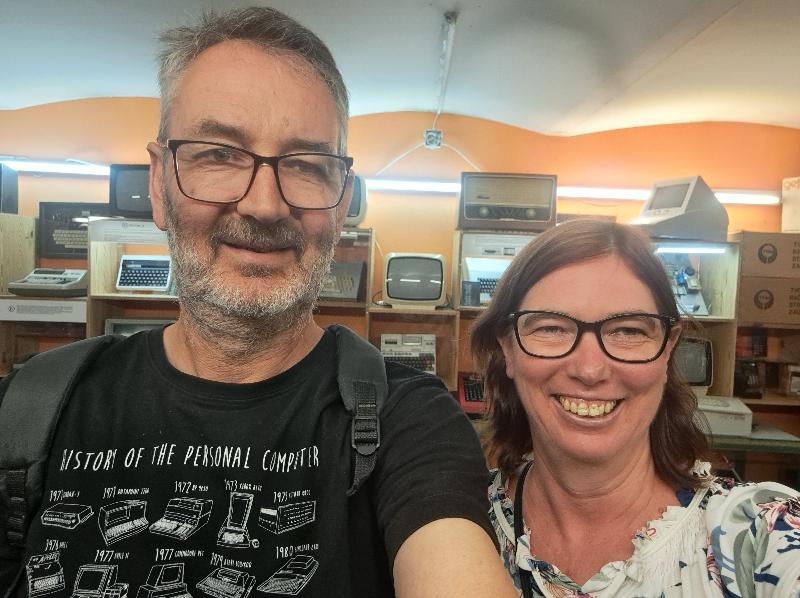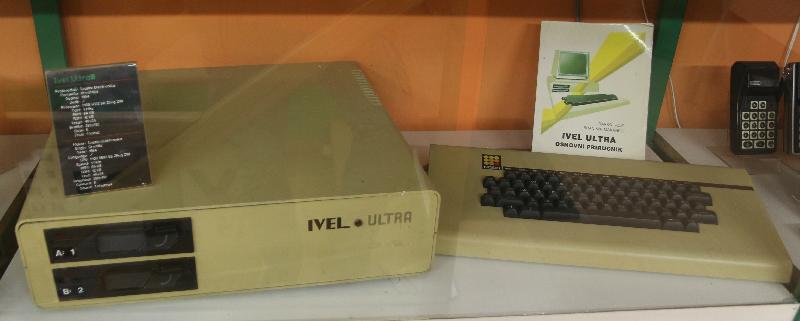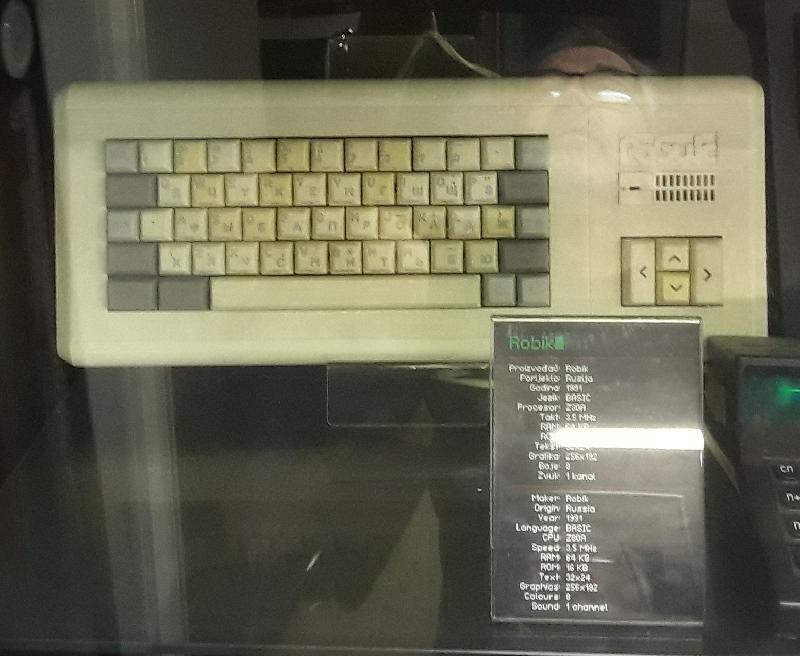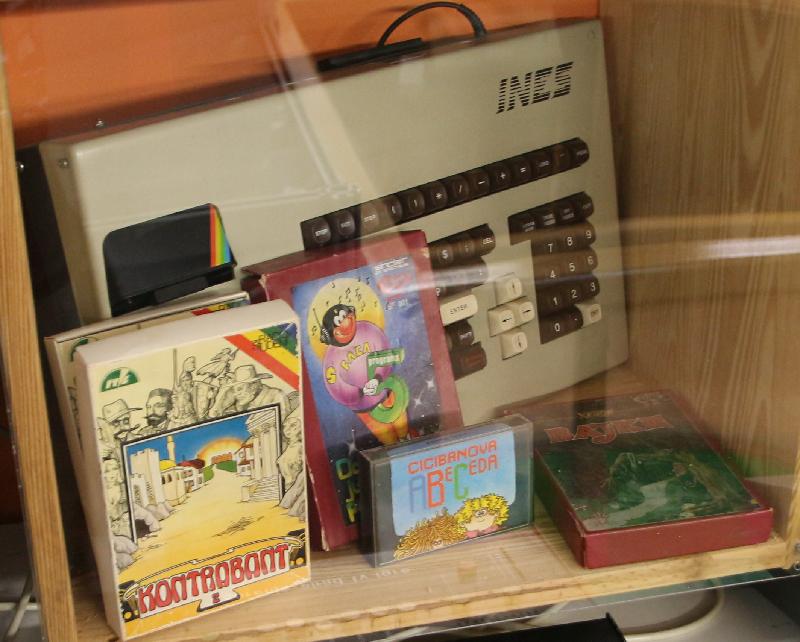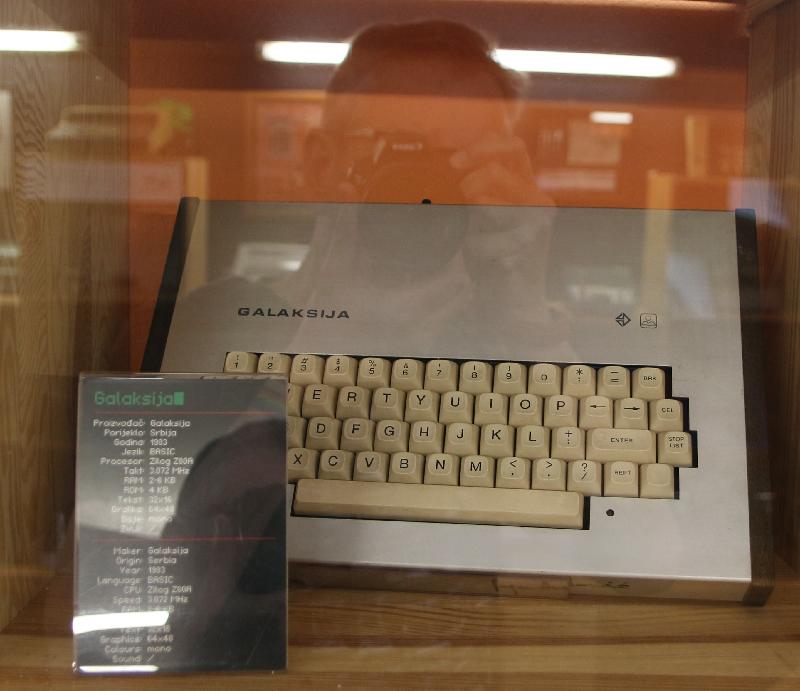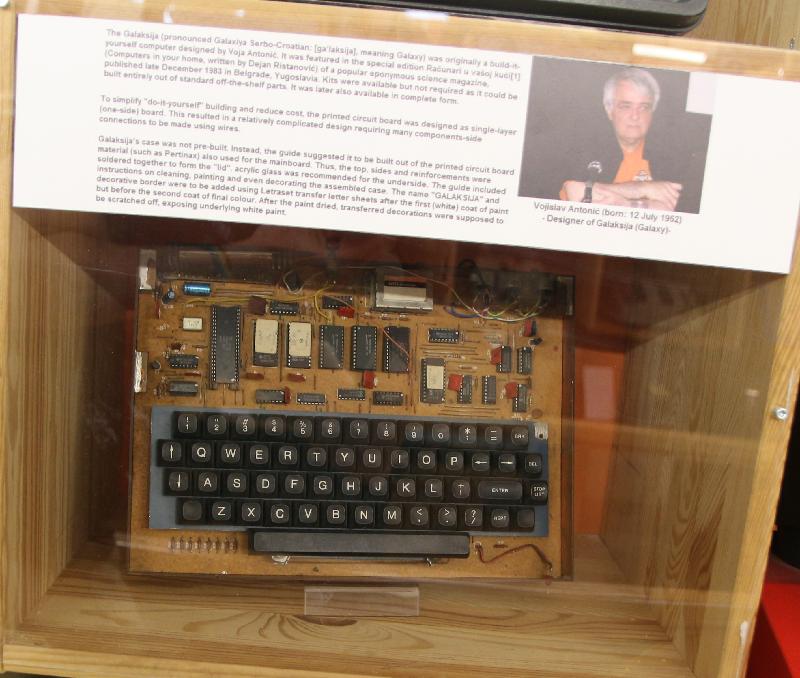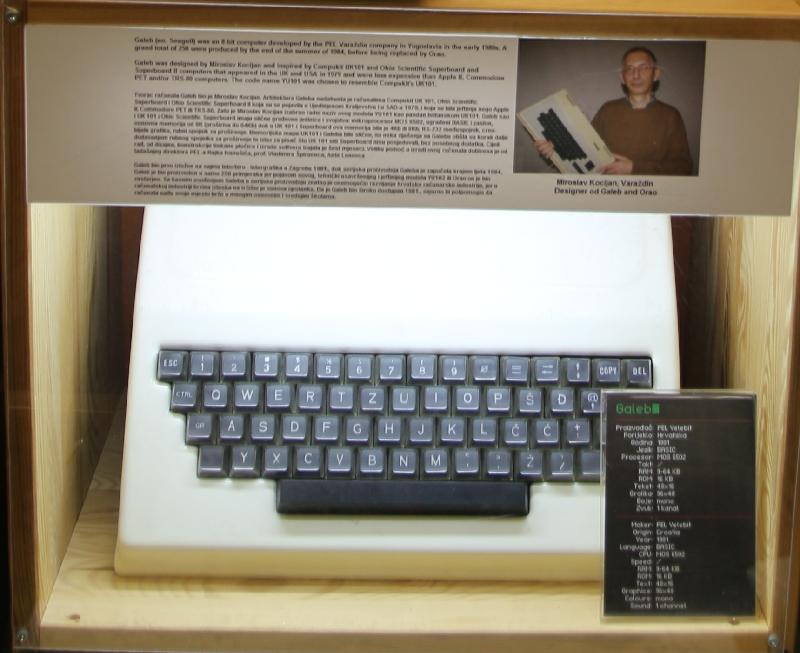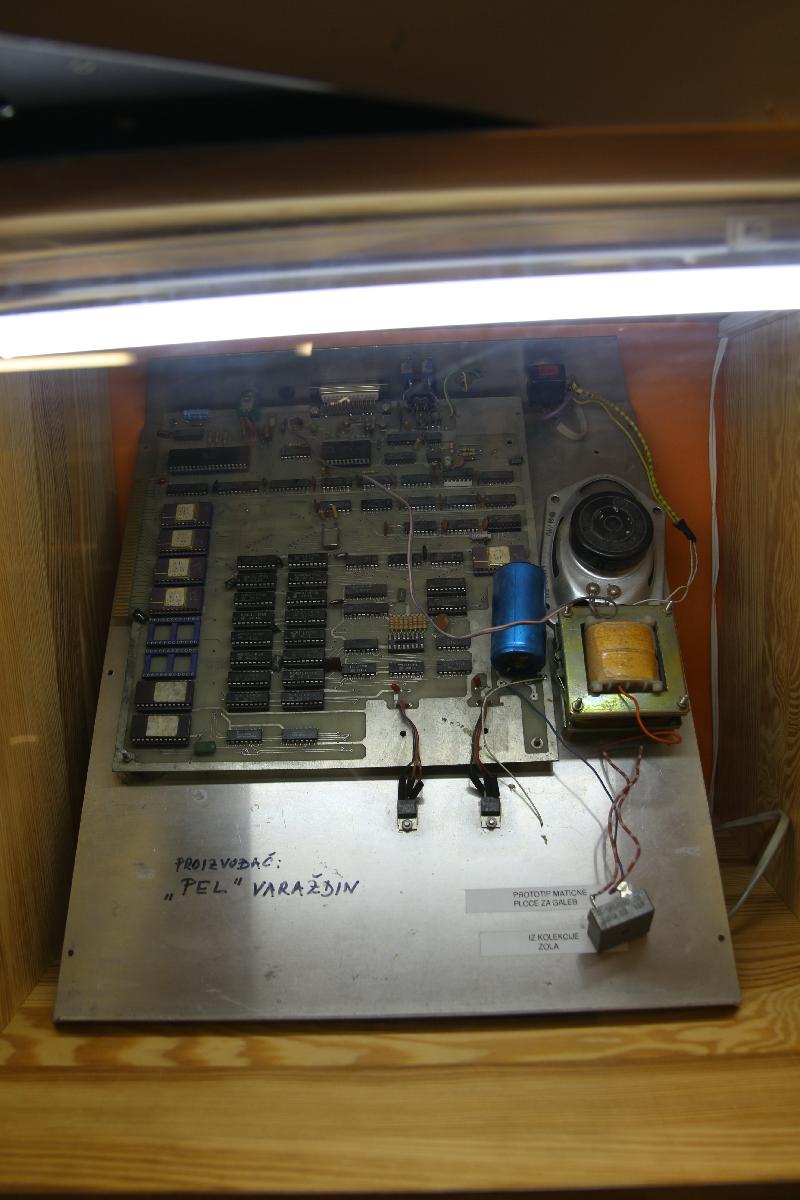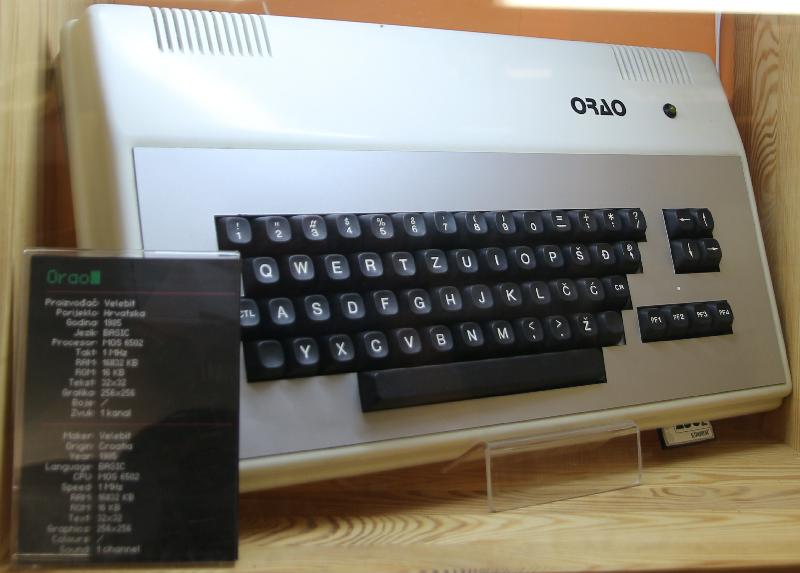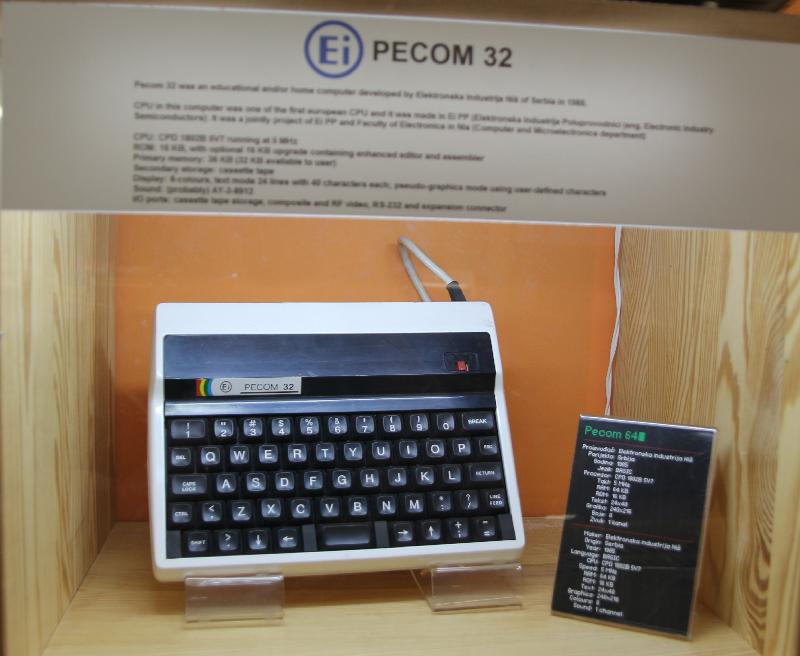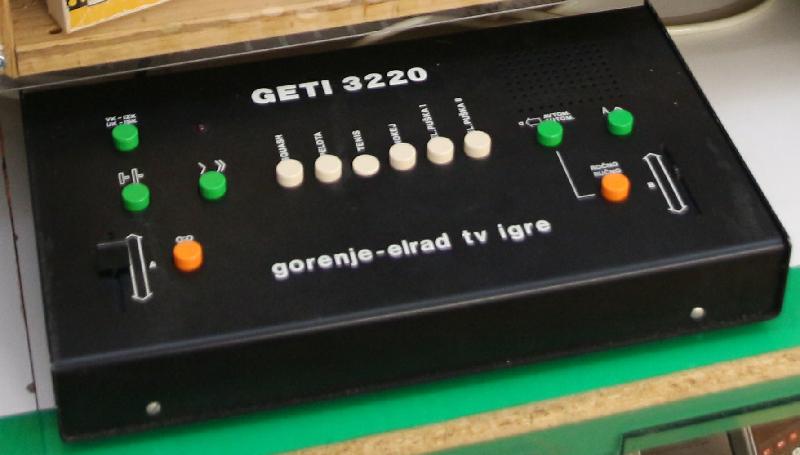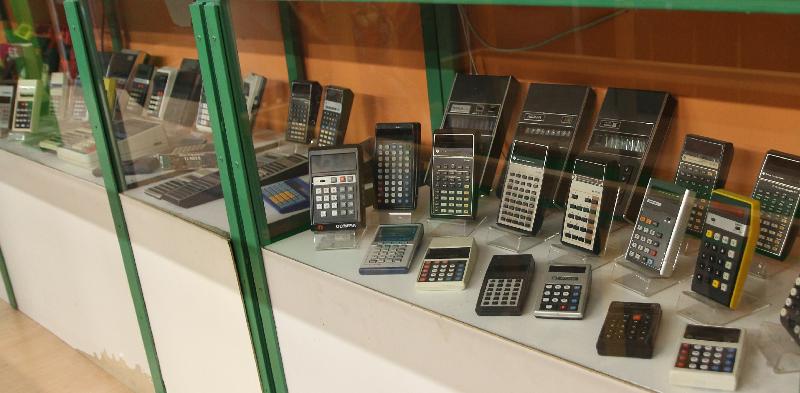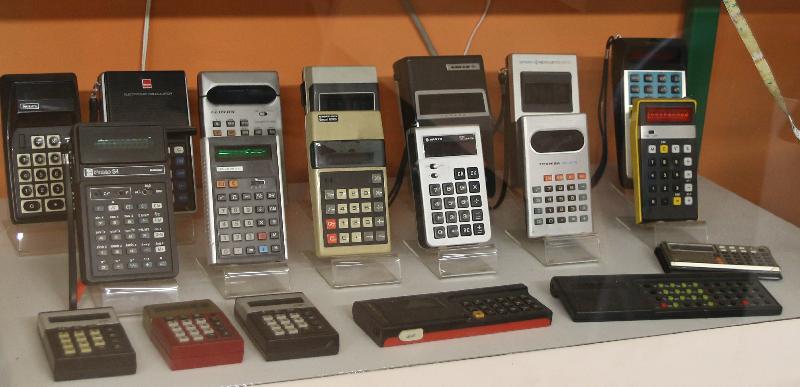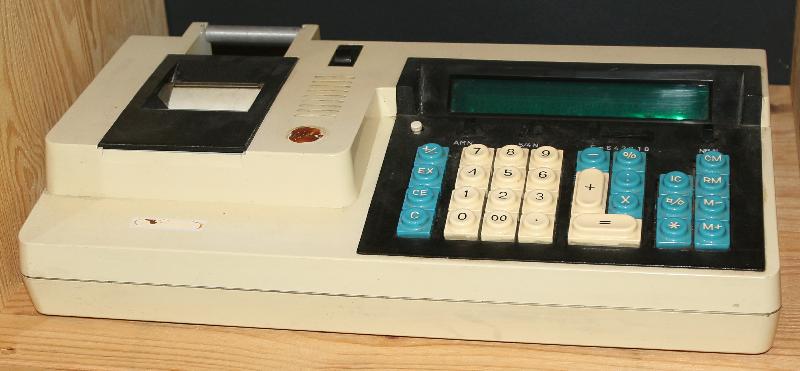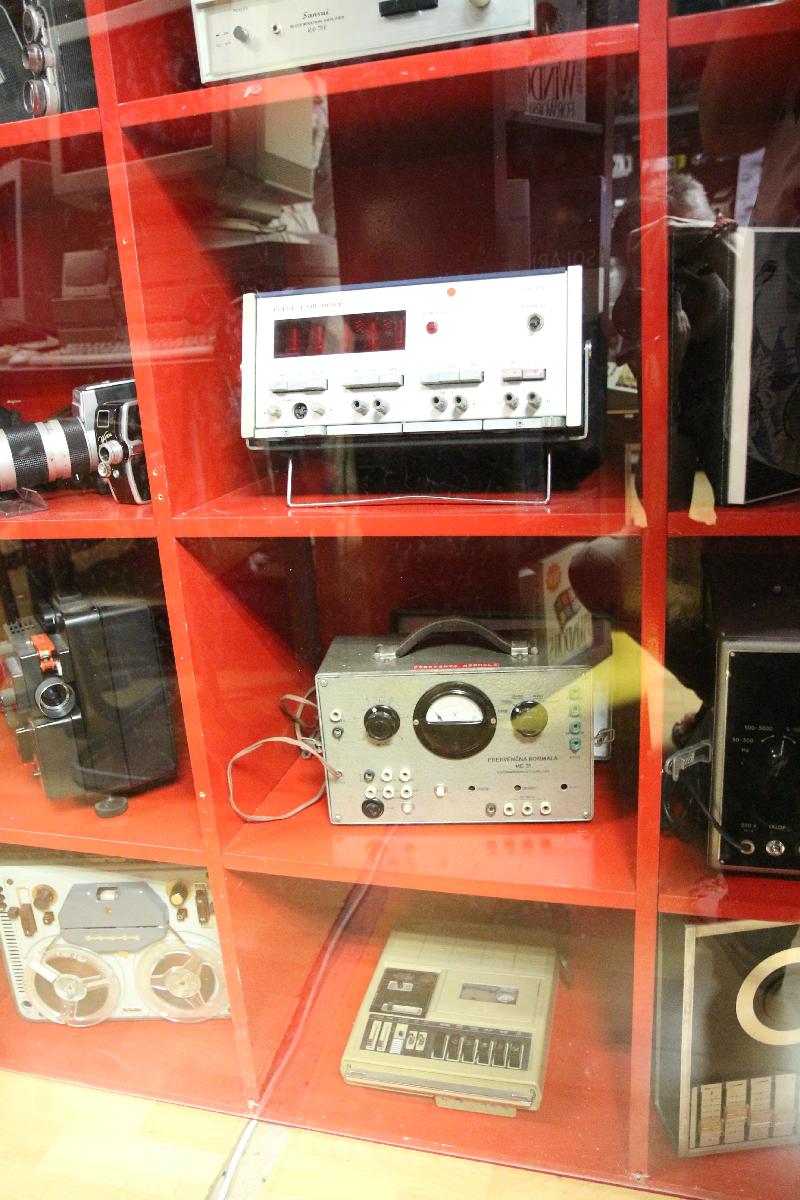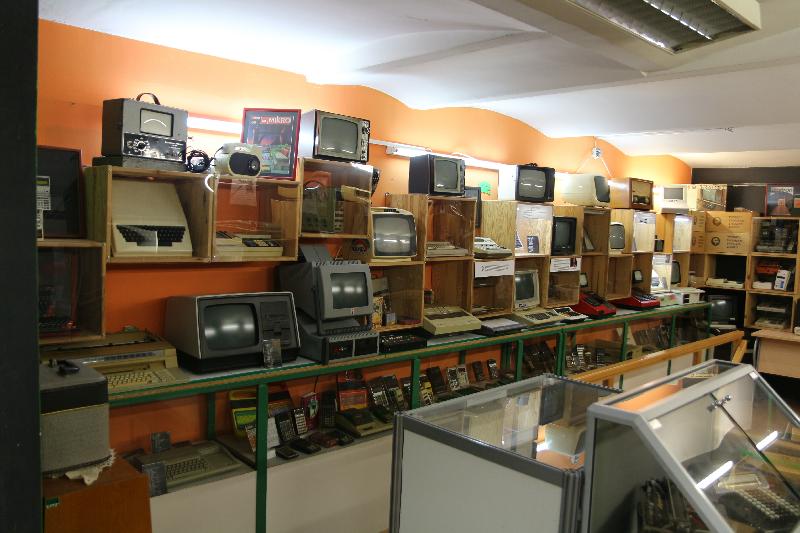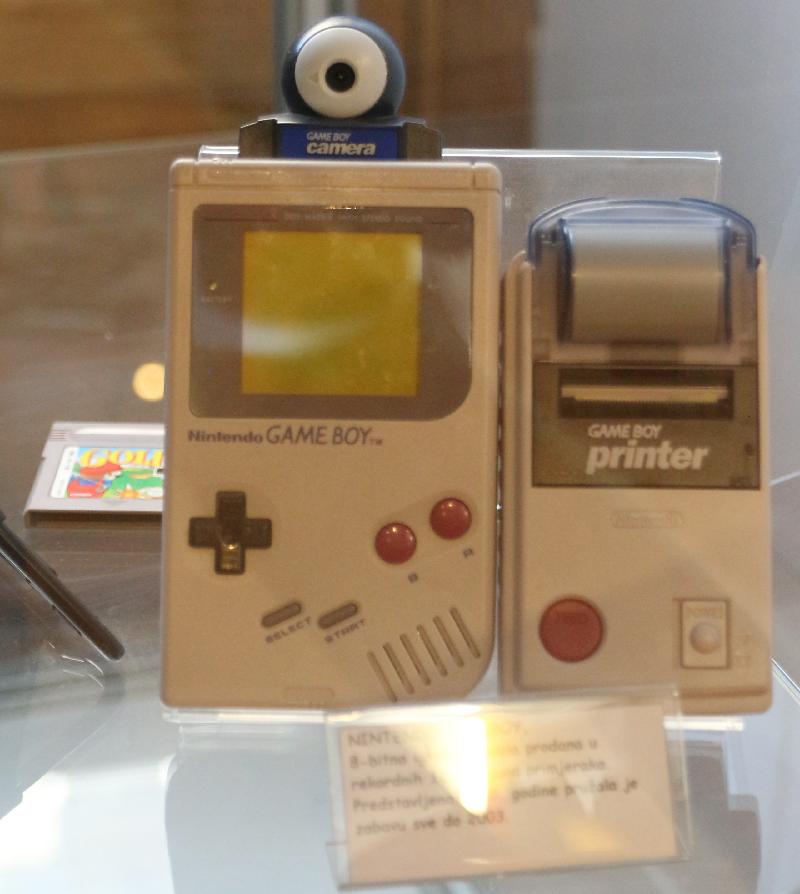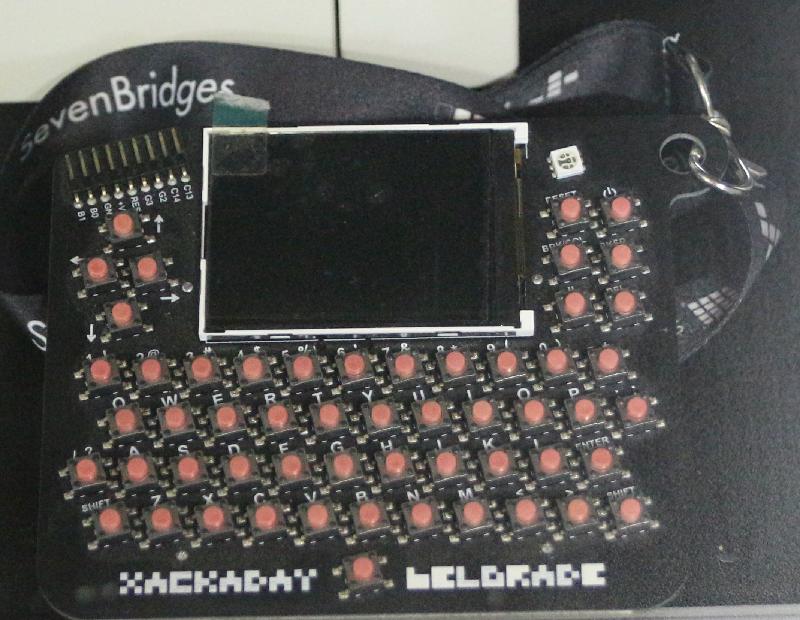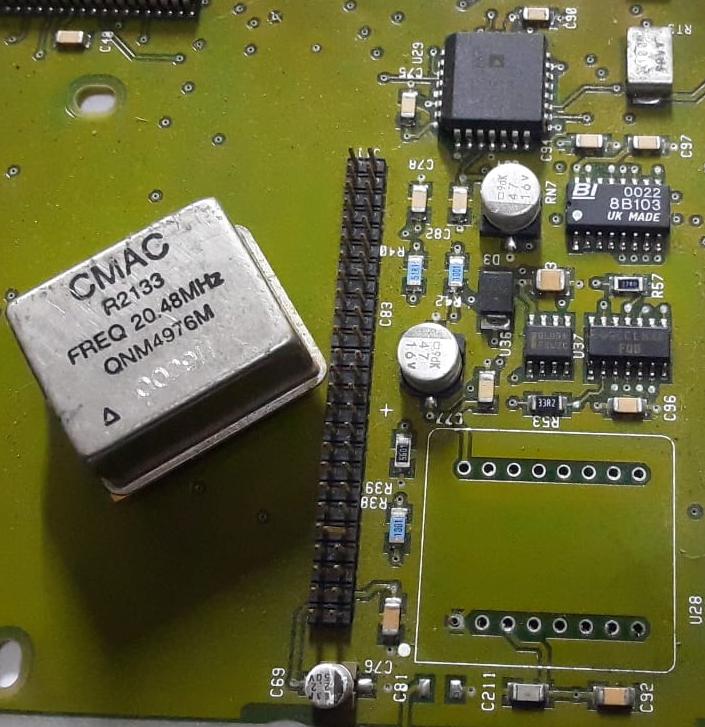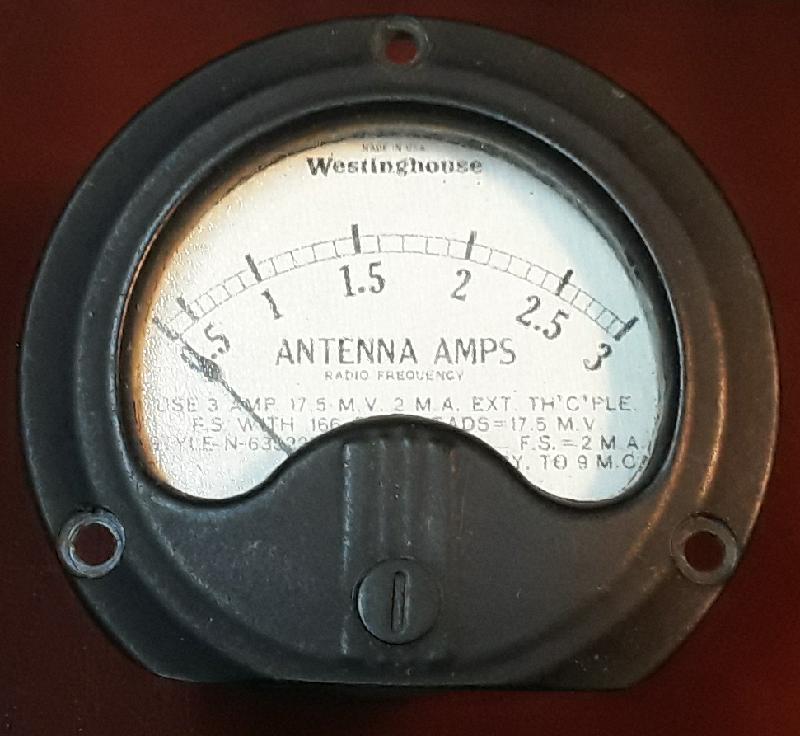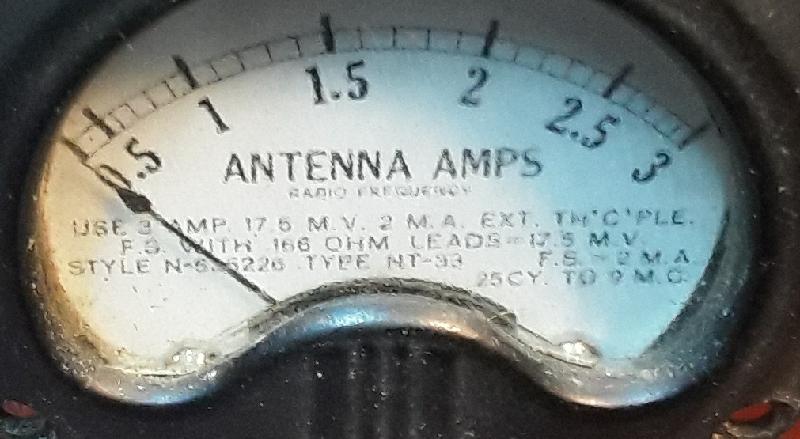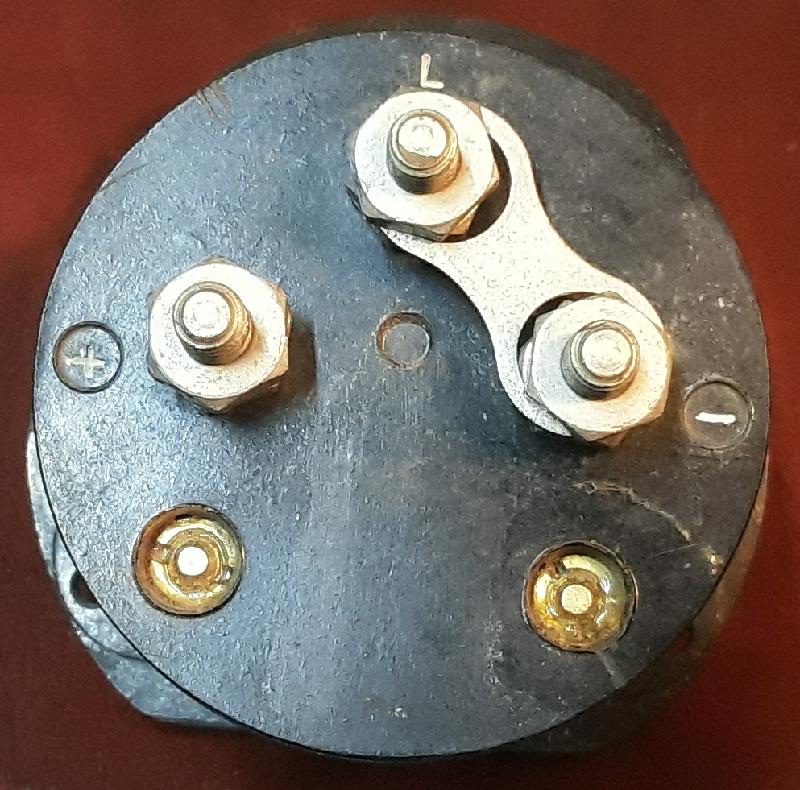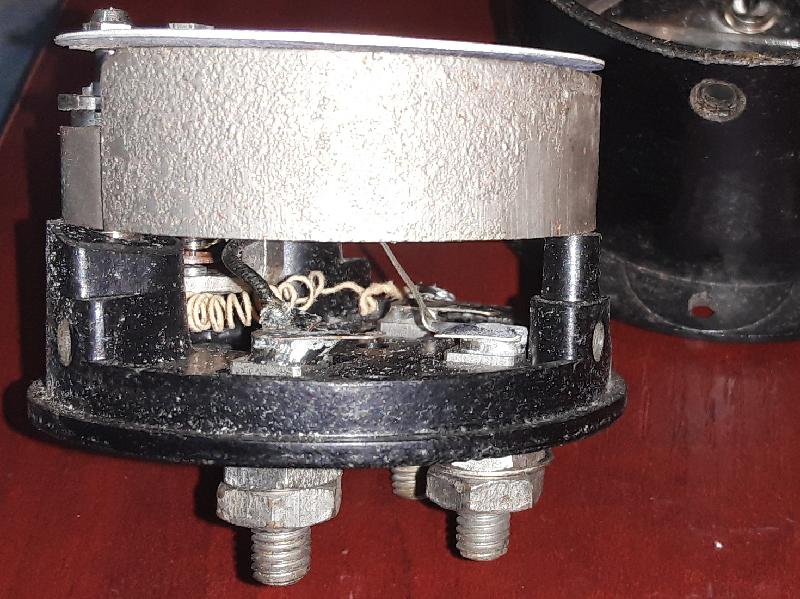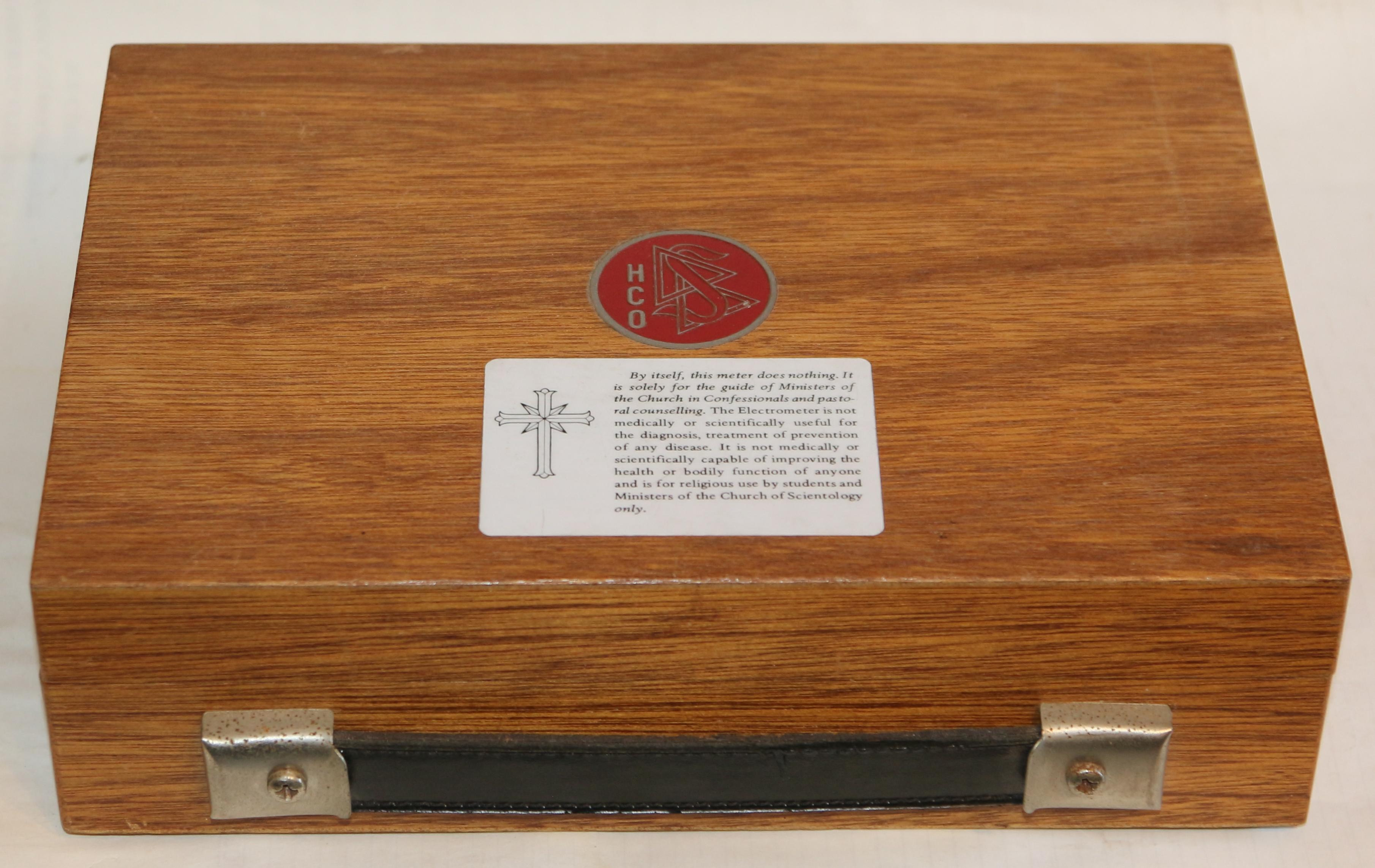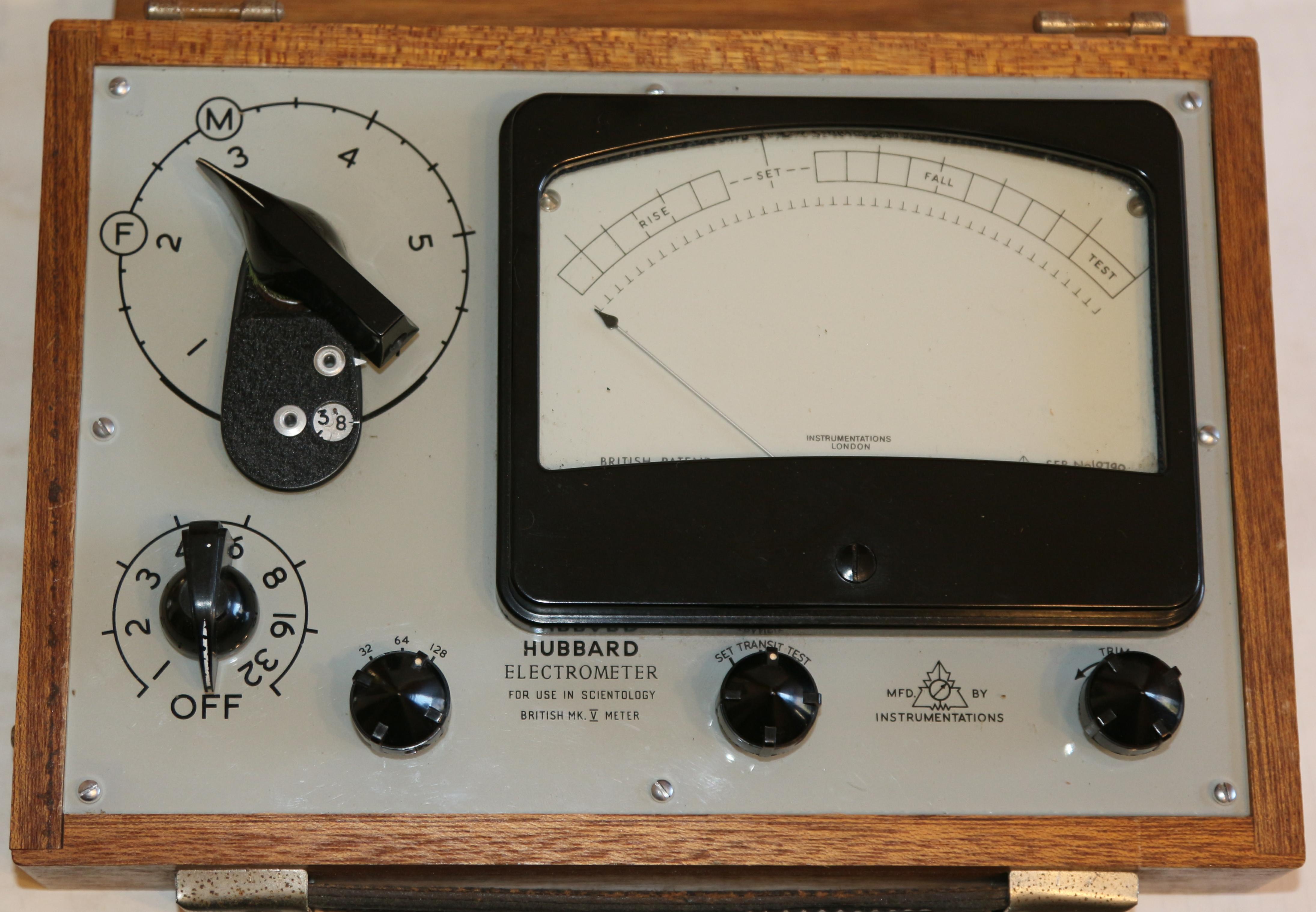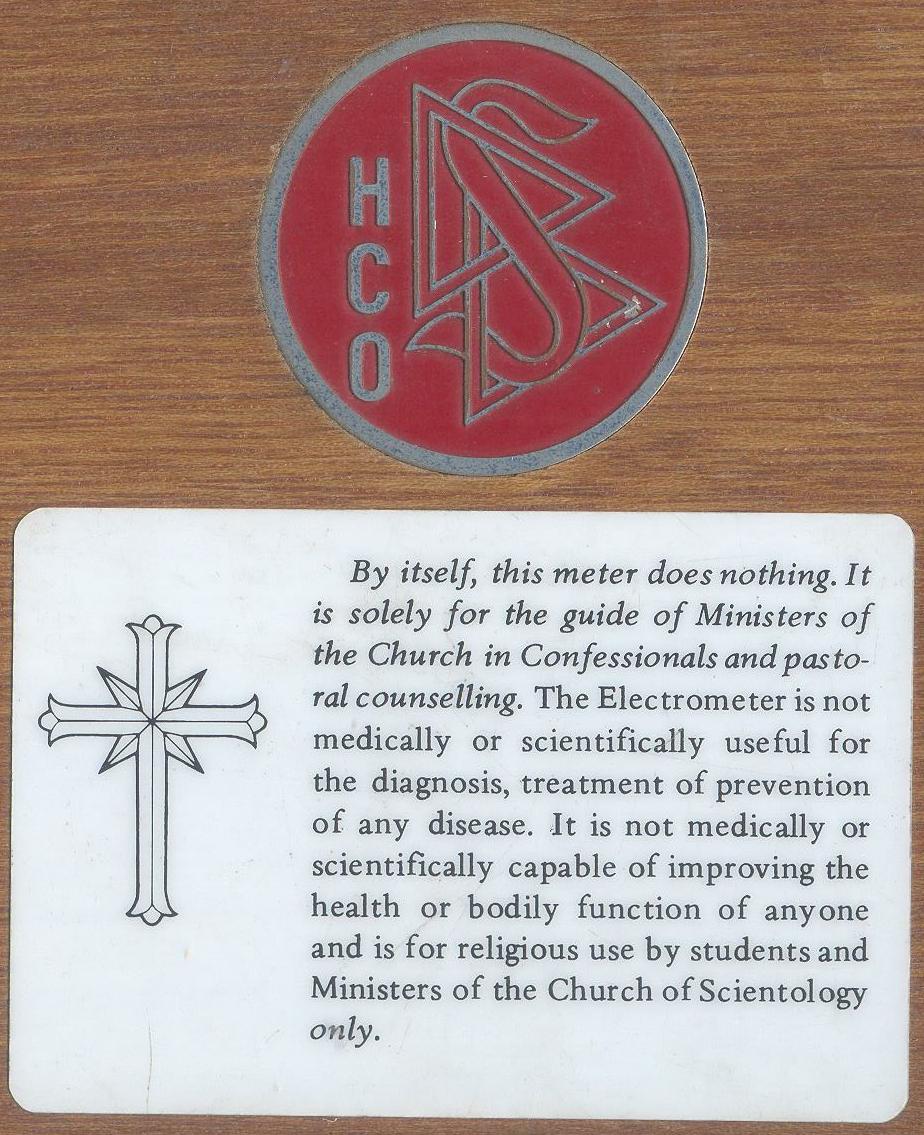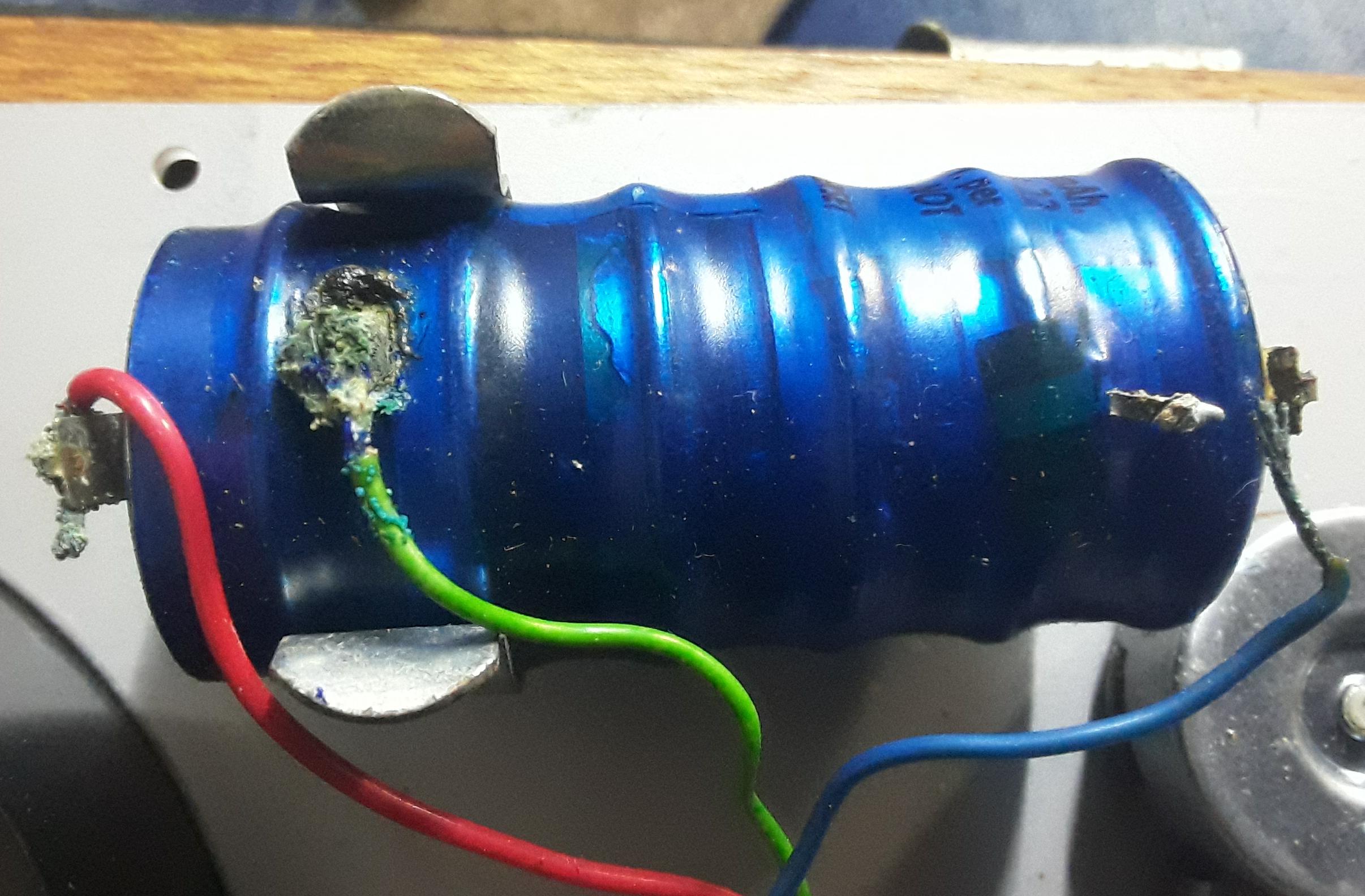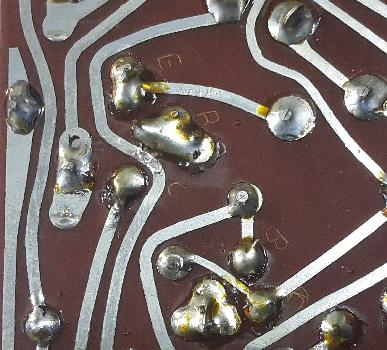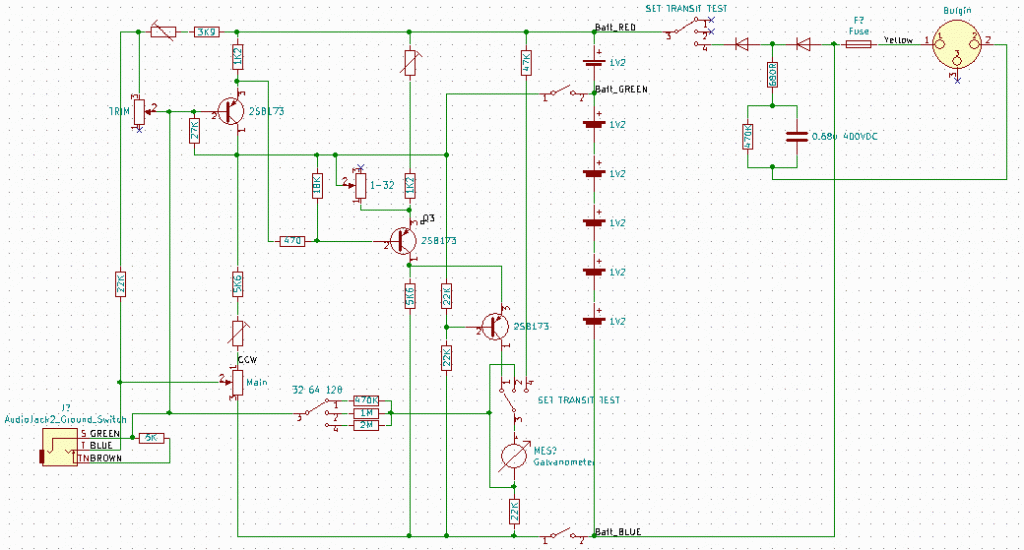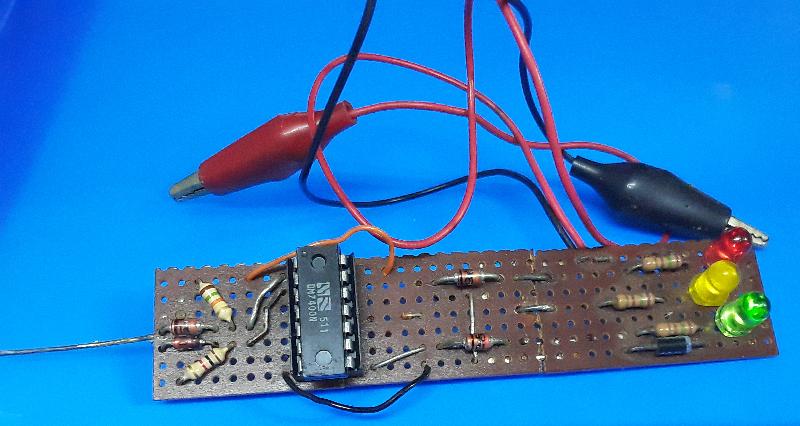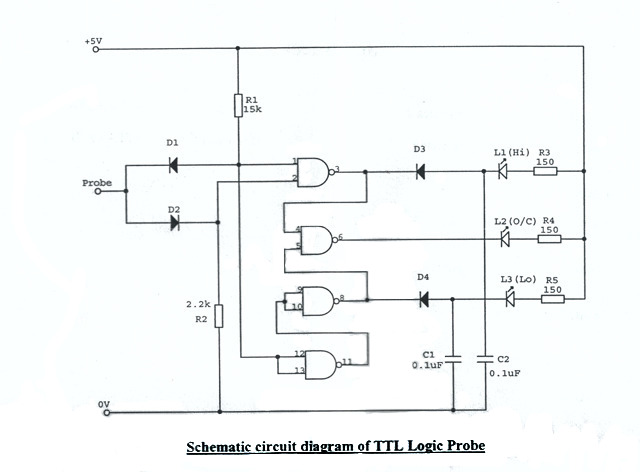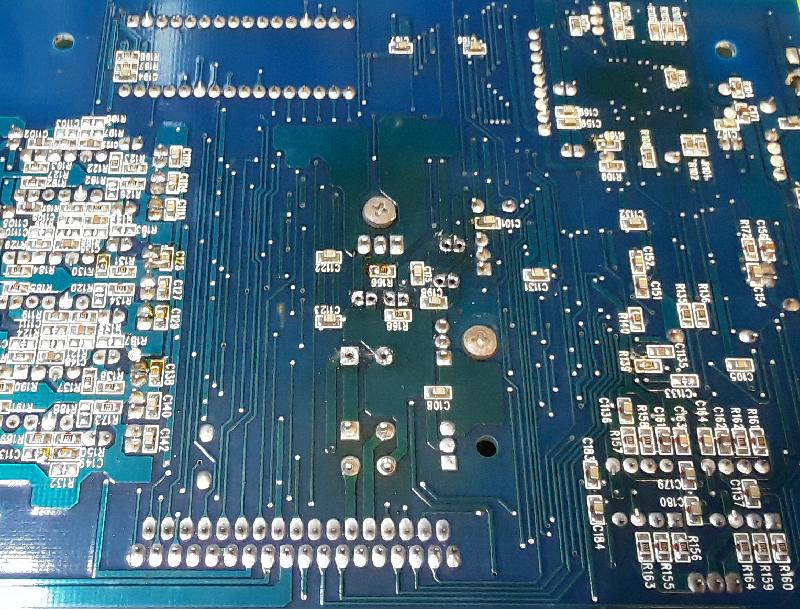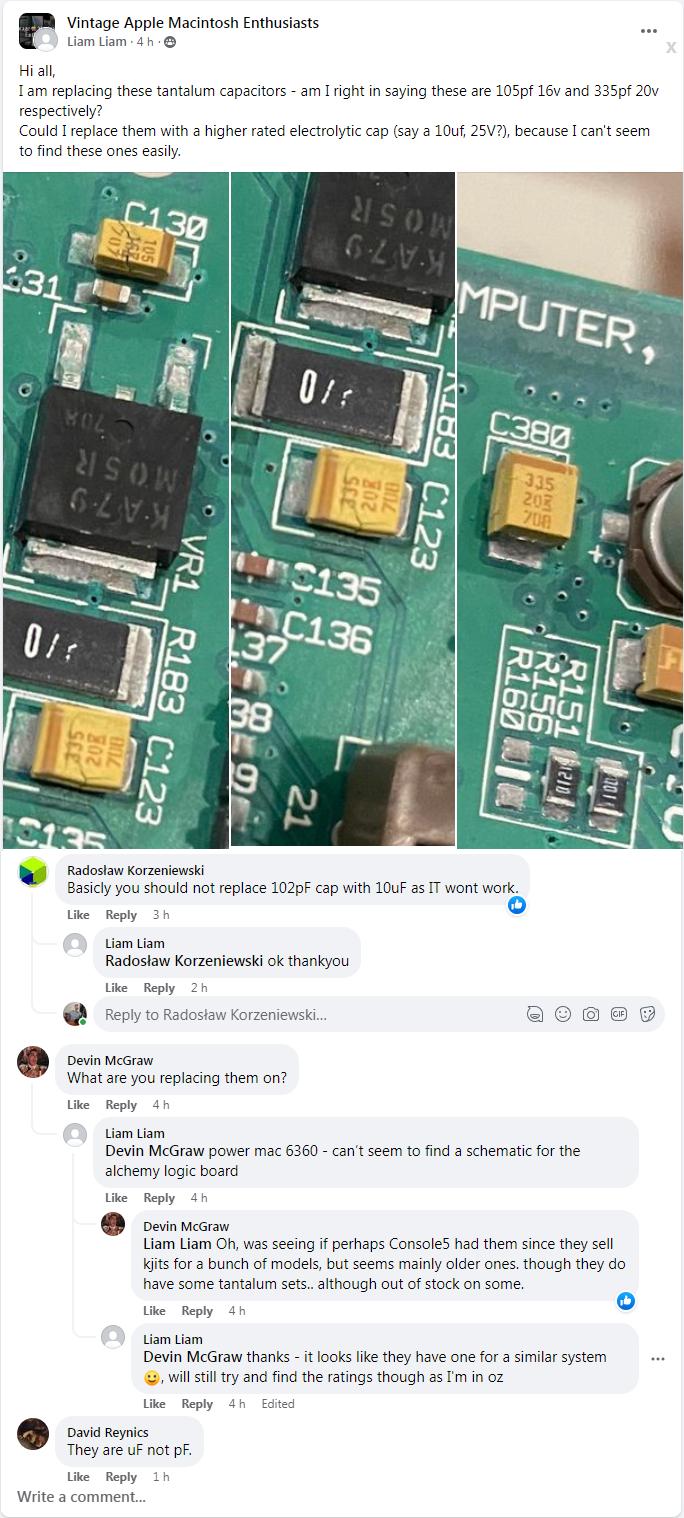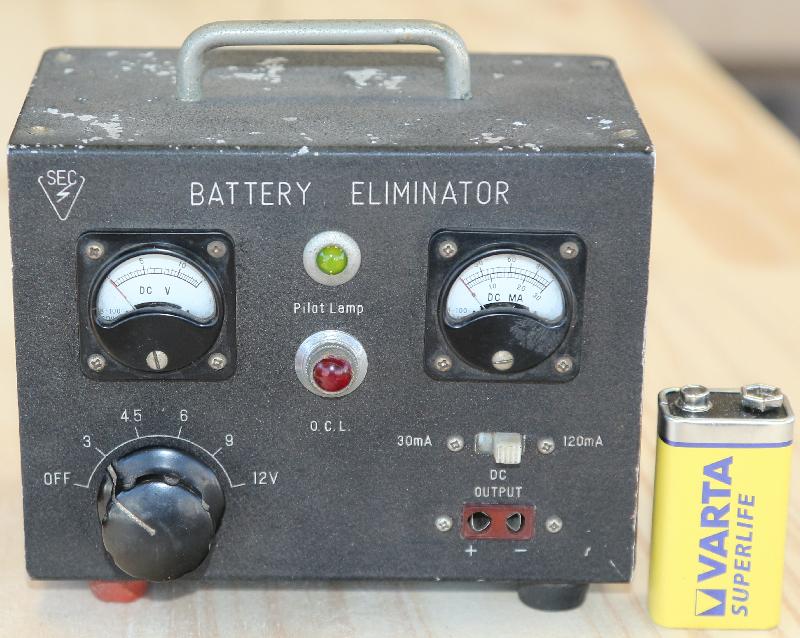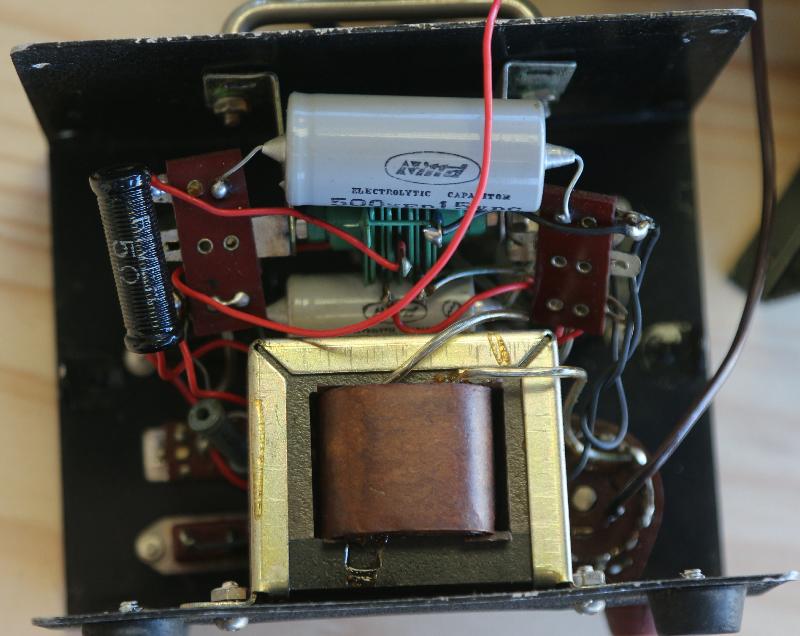So the other day, we were driving to Hout Bay in Tanya’s Golf and the engine quit. This was downhill, with the car in gear, but the rev counter dropped to zero and the display moaned about oil pressure. Strange, and maybe not related to:
And then on the last day of 2024 the engine died again. Uphill this time, so no coasting.
Chaos ensued.
Pushed the car to the side of the road, managed to get it started. About a kilometer further, same thing. Waited a bit, it started again. By now I had a flashing glowplug light and an “Engine Workshop” message on the display.
Managed to get home though. (It was a warm day and it quit in stop-start traffic, so maybe temperature related).
Figured it would be a good idea to read the ECU error code. I have an ELM327 which used to work but no longer does, another ELM327 from Communica which plain sucks (only works with a specific App, for a limited time, then you need to buy the App) and a scanner from Temu which never worked (not a big surprise).
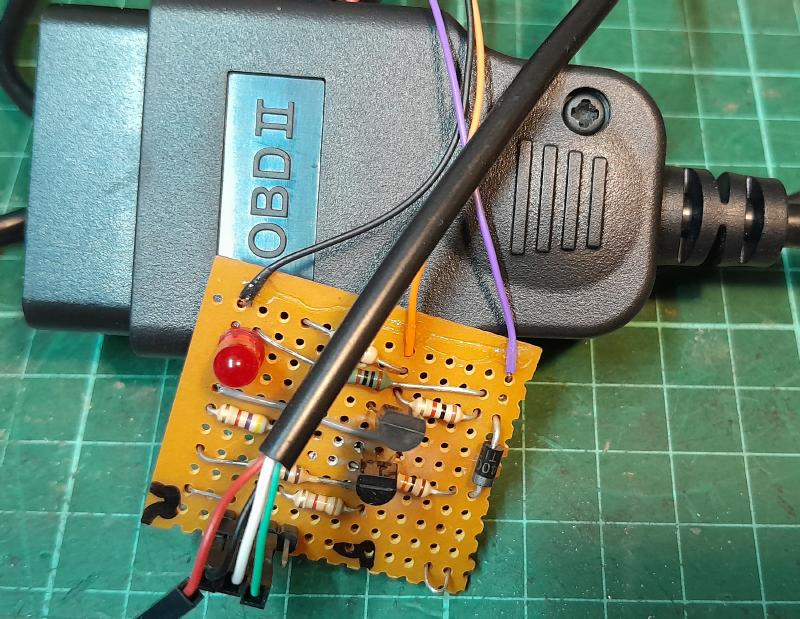
So I cut the plug off the Temu scanner and built a K-line interface* (Golf 4 TDi, 2004 — it has CAN, but the OBD interface is still K-line). Used VCDS Lite to read the codes. Works well, faster than the bluetooth solution, recommended.
P3105 “Valve for Intake Manifold Flap” — yea, no surprise there, I removed the EGR years ago.
P0322 “Engine Speed Sensor (G28) — Hmmm yea that sounds feasible.
Then I had to figure out how to remove the damn thing. Turns out you need a 9mm 12-point socket, my six-pointer obviously does not cut it.
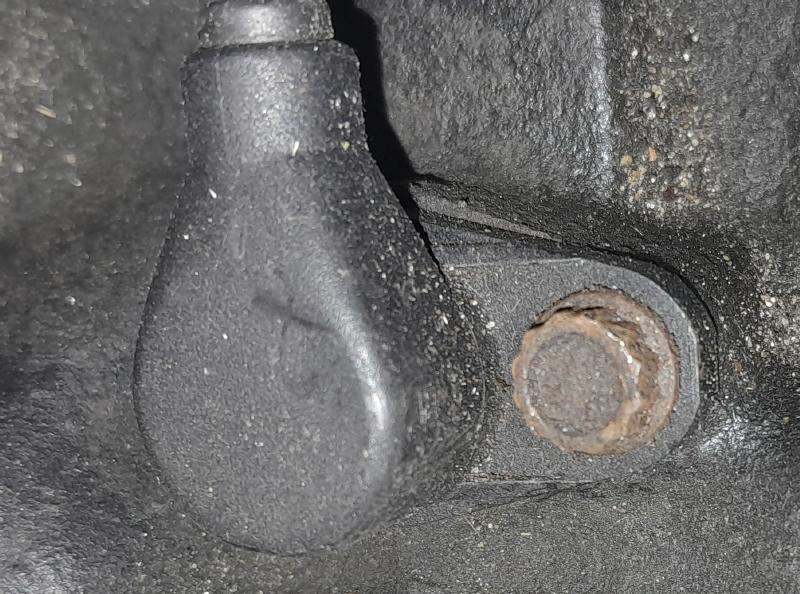
Bought a socket, returned the incorrect part Goldwagen had supplied me, got the correct part, fitted it and all seems well again.
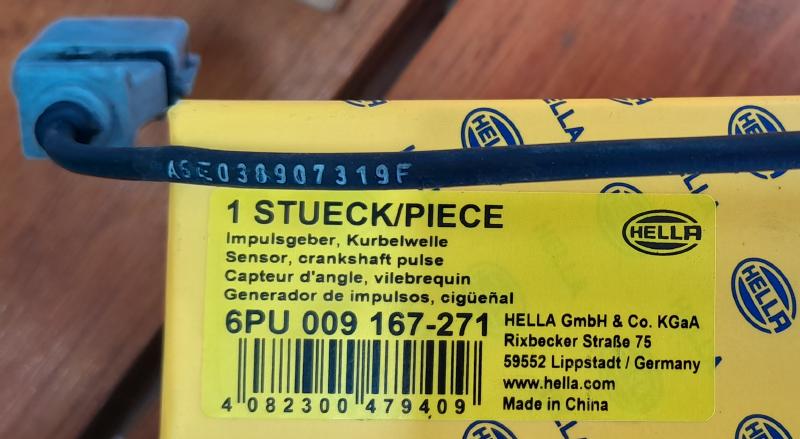
It’s only done 540 000km, dunno why these sensors fail so quickly… :-)
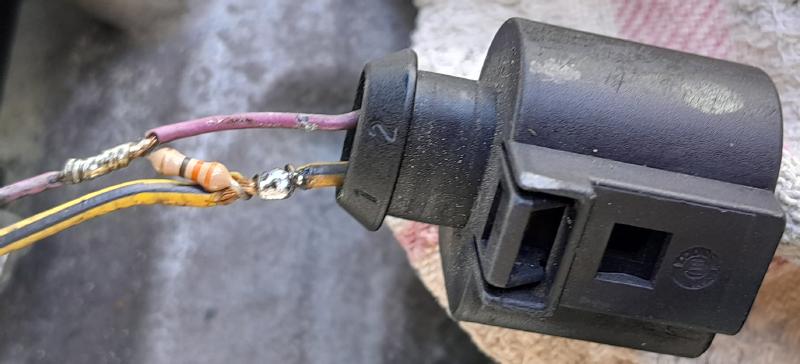
Figured I should maybe fix the P3105 code while I’m at it.
* R4 is not needed.
